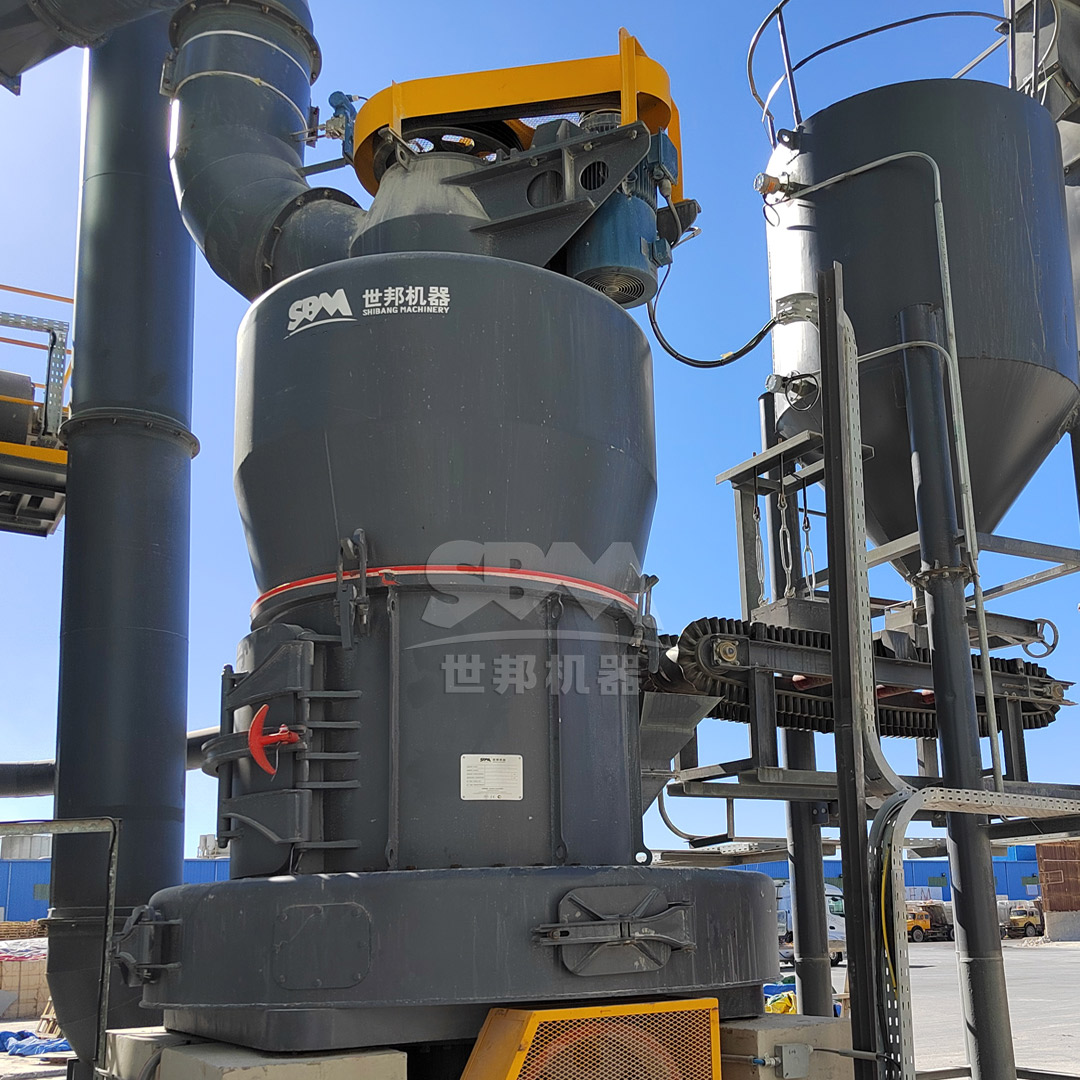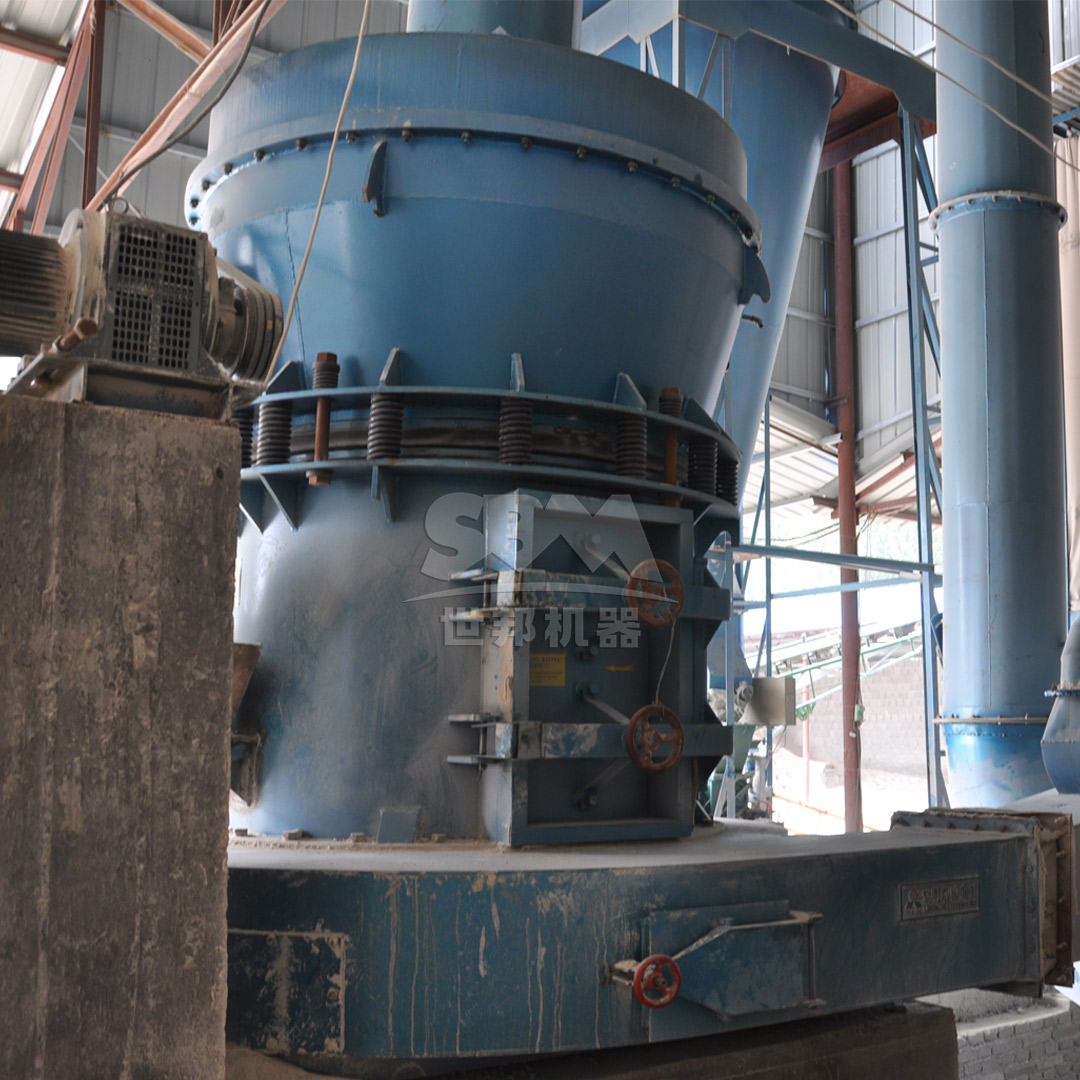In modern mineral processing operations, optimizing material flow throughout grinding plants represents one of the most significant opportunities for improving efficiency, reducing operational costs, and enhancing product quality. The grinding circuit often constitutes the most energy-intensive segment of mineral processing, accounting for up to 50% of a plant’s total energy consumption. Effective material flow optimization requires a holistic approach that integrates advanced equipment selection, intelligent process control, and systematic operational practices.
This comprehensive analysis examines key strategies for optimizing material flow in grinding plants, with particular emphasis on equipment selection, process integration, and technological innovations that drive operational excellence across various grinding applications.
Material flow optimization begins with a thorough understanding of the challenges that impede efficient grinding operations. Common issues include inconsistent feed rates, particle size distribution variations, equipment bottlenecks, and suboptimal classification efficiency. These challenges manifest as reduced throughput, increased energy consumption, premature wear of components, and inconsistent product quality.
The fundamental objective of material flow optimization is to establish a stable, continuous process where each component operates at its design capacity without creating downstream or upstream bottlenecks. This requires careful consideration of the entire grinding circuit, from raw material intake through final product collection.
Several key parameters significantly influence material flow efficiency in grinding plants:
| Parameter | Impact on Grinding Efficiency | Optimal Range |
|---|---|---|
| Feed Size Distribution | Determines grinding energy requirements and throughput | Consistent within equipment specifications |
| Moisture Content | Affects material transport and classification efficiency | Material-specific, typically <5% for dry grinding |
| Circulating Load | Indicates classification efficiency and grinding stability | 150-350% depending on circuit configuration |
| Product Fineness | Directly impacts energy consumption and capacity | Balanced between market requirements and operational costs |
The foundation of efficient material flow begins with selecting appropriate grinding equipment that matches specific operational requirements. Modern grinding technology offers specialized solutions for different applications, particle size targets, and production capacities.
For applications requiring ultra-fine products in the range of 325-2500 mesh (D97≤5μm), the SCM Series Ultrafine Mill represents a technological breakthrough in grinding efficiency. This advanced mill delivers exceptional performance through its innovative design featuring a vertical turbine classifier that ensures precise particle size control without coarse powder contamination.
The SCM Ultrafine Mill achieves remarkable energy efficiency, offering approximately 30% lower energy consumption compared to conventional jet mills while providing double the production capacity. Its intelligent control system automatically monitors and adjusts operational parameters to maintain consistent product fineness, significantly reducing operator intervention requirements.

With models ranging from the SCM800 (0.5-4.5 ton/h capacity) to the high-capacity SCM1680 (5.0-25 ton/h), this equipment series accommodates various production requirements while maintaining exceptional grinding precision. The mill’s durable construction, featuring special material rollers and grinding rings, extends component life significantly while the pulse dust collection system ensures environmental compliance with dust emission levels exceeding international standards.
For operations requiring high-volume processing with product fineness between 30-325 mesh, the MTW Series Trapezium Mill offers an optimal balance of capacity, efficiency, and operational reliability. This European-style grinding mill incorporates several innovative features that enhance material flow efficiency, including an optimized curved air channel that reduces airflow resistance and improves transmission efficiency.
The MTW Series demonstrates particular strength in its wear-resistant design, featuring combined blade segments that significantly reduce maintenance costs and curved surfaces that extend roller service life. The integrated bevel gear transmission system achieves up to 98% transmission efficiency while saving installation space and reducing overall footprint requirements.
| Model | Capacity (ton/h) | Main Motor Power (kW) | Feed Size (mm) | Product Fineness (mesh) |
|---|---|---|---|---|
| MTW110 | 3-9 | 55 | <30 | 10-325 |
| MTW138Z | 6-17 | 90 | <35 | 10-325 |
| MTW175G | 9.5-25 | 160 | <40 | 10-325 |
| MTW215G | 15-45 | 280 | <50 | 10-325 |
The operational principle of the MTW Series involves main motor-driven grinding rollers revolving around the central axis while simultaneously rotating to generate centrifugal force. The shovel blades feed material between the grinding ring and rollers where efficient crushing occurs through compression, with the classification system precisely controlling final product size distribution.
Beyond individual equipment selection, optimizing material flow requires a systematic approach that considers the entire grinding circuit as an integrated system. This involves synchronizing various components including feeding systems, grinding mills, classifiers, and product collection systems to work in harmony.
Consistent feed material characteristics represent one of the most critical factors in grinding circuit optimization. Variations in feed size distribution, moisture content, and hardness directly impact grinding efficiency and product quality. Implementing proper pre-crushing and sizing operations ensures that grinding equipment receives material within its design specifications, maximizing throughput and minimizing energy consumption.
For operations requiring preliminary size reduction, hammer mills and jaw crushers can effectively prepare feed material for subsequent grinding stages. The Hammer Mill (0-3mm) offers particular advantages in this application, providing high crushing ratios with compact footprint requirements. Its optimized cavity design and unique working principle ensure stable operation while high-manganese steel wear plates extend service life significantly.
Effective classification represents another crucial element in material flow optimization. Modern classification systems integrated within grinding equipment, such as the vertical turbine classifier in the SCM Ultrafine Mill or the dynamic classifier in the MTW Series Trapezium Mill, provide precise particle size separation that minimizes overgrinding and reduces circulating loads.

Advanced classification technology ensures that only properly sized material proceeds to final product collection, while oversize particles efficiently return to the grinding chamber for further processing. This closed-loop system optimization significantly enhances overall circuit efficiency and product quality consistency.
With grinding operations typically representing the largest energy consumer in mineral processing plants, optimizing energy efficiency directly correlates with material flow optimization. Several strategies can significantly reduce specific energy consumption while maintaining or improving production rates.
Modern grinding equipment incorporates multiple energy-saving features that collectively reduce specific energy consumption. The LM Series Vertical Roller Mill demonstrates exceptional energy efficiency, consuming 30-40% less energy compared to traditional ball mill systems. This significant reduction stems from its integrated design that combines crushing, grinding, and separation functions within a single compact unit.
The vertical roller mill’s operating principle, where material is ground between rollers and rotating table under pressure, represents a more energy-efficient approach than the impact and attrition mechanisms dominant in traditional grinding systems. Additionally, the mill’s ability to handle materials with higher moisture content reduces or eliminates the need for separate drying operations, further enhancing overall energy efficiency.
Advanced control systems represent another critical component in energy optimization strategies. Modern grinding equipment, such as the SCM Ultrafine Mill with its intelligent control system that automatically monitors and adjusts operational parameters, ensures that grinding occurs at optimal efficiency levels across varying feed conditions.
Expert automatic control systems support remote and local operation mode switching while providing real-time monitoring of critical parameters. This reduces manual intervention requirements and ensures consistent operation at peak efficiency, significantly reducing energy waste associated with suboptimal operating conditions.
Beyond equipment selection and system design, implementing operational best practices ensures sustained material flow optimization throughout the equipment lifecycle. These practices encompass preventive maintenance, operator training, and continuous monitoring programs.
Regular maintenance represents a fundamental requirement for sustaining optimal material flow in grinding operations. Equipment-specific maintenance protocols, such as the scheduled inspection of wear components in the MTW Series Trapezium Mill’s grinding system or the monitoring of classifier operation in the SCM Ultrafine Mill, prevent unexpected downtime and maintain consistent performance.
The durable design of modern grinding equipment, featuring extended-life components such as the special material rollers and grinding rings in the SCM Series, reduces maintenance frequency and associated operational disruptions. Additionally, innovative maintenance-friendly designs, including the modular roller assembly quick replacement system in the LM Series Vertical Roller Mill, minimize equipment downtime during maintenance operations.

Continuous performance monitoring provides the data necessary for ongoing optimization of grinding operations. Tracking key performance indicators including specific energy consumption, throughput rates, product fineness, and component wear patterns enables proactive optimization of operational parameters.
Modern grinding equipment with integrated monitoring systems facilitates comprehensive data collection for analysis and optimization. The expert-level automatic control systems in advanced mills capture operational data that can be used to identify optimization opportunities, predict maintenance requirements, and ensure consistent product quality.
Modern grinding operations must address environmental considerations including dust emissions, noise levels, and overall energy efficiency. Advanced grinding equipment incorporates multiple features that support environmental compliance while maintaining operational efficiency.
Effective dust control represents a critical environmental consideration in grinding operations. Modern mills integrate efficient dust collection systems that capture particulate matter throughout the grinding process. The pulse dust collection system in the SCM Ultrafine Mill, for example, exceeds international standards for collection efficiency while the fully sealed negative pressure operation in the LUM Ultra-fine Vertical Mill prevents dust leakage entirely.
These integrated environmental controls ensure compliance with increasingly stringent regulatory requirements while protecting worker health and minimizing product loss through uncontrolled emissions.
Noise pollution represents another environmental consideration addressed through advanced mill design. Soundproofing technologies, such as the acoustic enclosure design in the SCM Ultrafine Mill that maintains noise levels below 75dB, create improved working environments while meeting regulatory requirements.
Additional noise reduction features, including the vibration damping and noise reduction system in the MTM Series Medium-speed Trapezium Mill with its damping springs and sealing strip dual noise reduction technology, further contribute to improved working conditions and regulatory compliance.
Optimizing material flow in grinding plants requires a comprehensive approach that integrates advanced equipment selection, systematic process design, and disciplined operational practices. Modern grinding technologies, such as the SCM Series Ultrafine Mill for precision fine grinding applications and the MTW Series Trapezium Mill for high-capacity operations, provide the technological foundation for efficient material processing.
By implementing the strategies outlined in this analysis – including proper equipment selection, system integration, energy optimization, and preventive maintenance – grinding operations can achieve significant improvements in efficiency, product quality, and operational costs. The continued advancement of grinding technology, coupled with thoughtful application of optimization principles, will further enhance the performance and sustainability of grinding operations across the mineral processing industry.